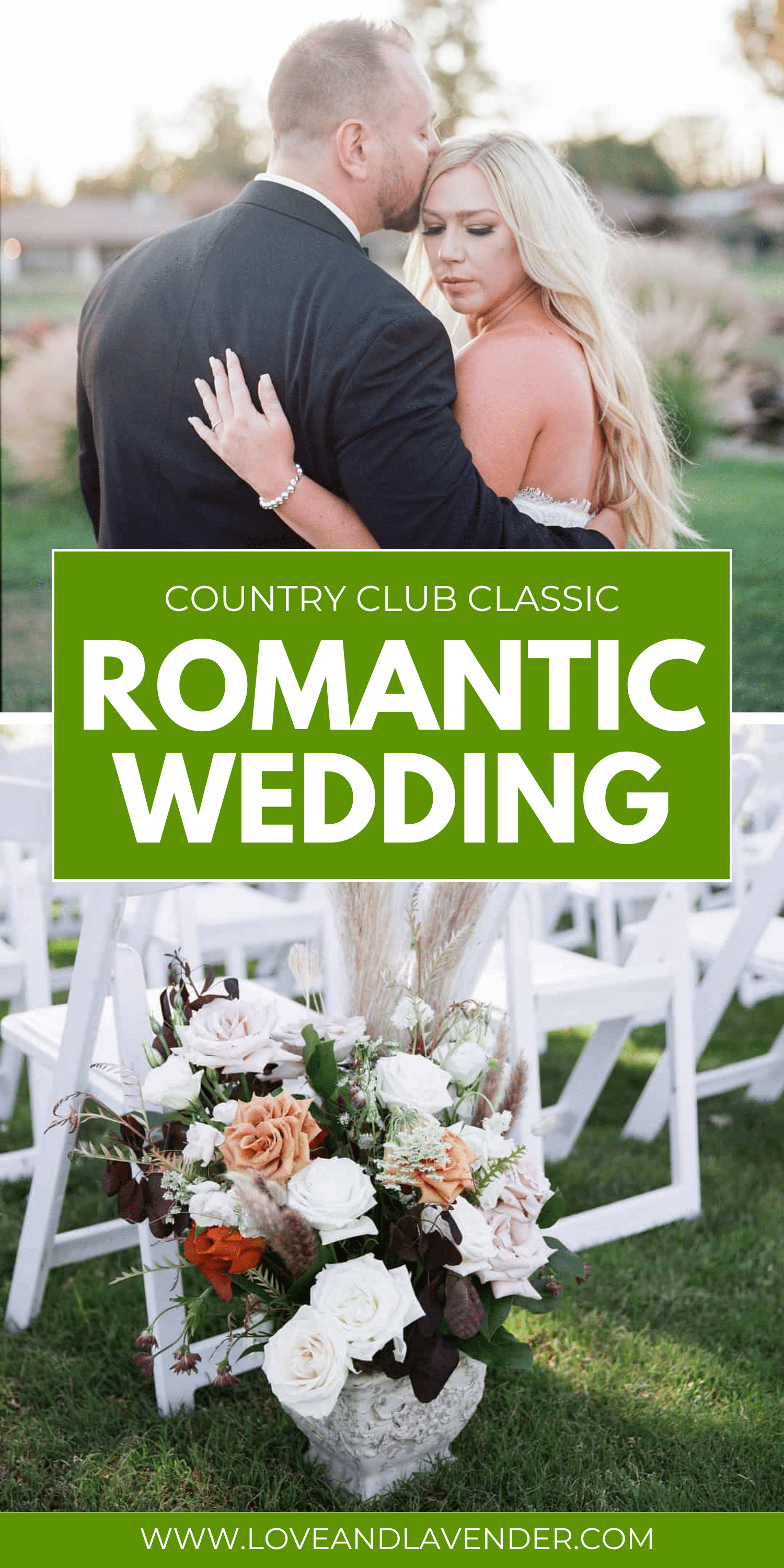Picture this: your friend is recently engaged and shows you her beautiful diamond engagement ring! She tells you that it is a 1.2 carat center stone with an additional half-carat in band stones.
“Wow! Aren’t you lucky,” you gush, admiring the sparkle and secretly wondering what that even means or how much it must have cost. Or trying to remember how many carats are in your own diamond.
Don’t feel bad – you’re in good company. Plenty of people pick out their ring based on appearance without even looking into the grading of the stone, or they hear a high carat number and figure it’s a good deal because the more carats, the higher value, right?
When making such an important, life-long purchase, it’s important to have your facts straight. Diamonds are graded on a number of different features, and you’ll want to know some of the terminology before you commit to a ring. When faced with fine diamond jewelry shopping questions like what is a carat (and why does it matter), we’ve got the answers below!
What is a Diamond Carat?
When shopping for a diamond or gemstone ring, the one grading factor that consistently draws the most attention is “Carat”. This is probably because it’s the one we see paraded around the most in everyday media.
For instance, Kim Kardashian’s 15-carat diamond or Kate Middleton’s 12-carat sapphire.
 Pin
PinCarats create some confusion among consumers because they’re listed in the “4 Cs” of diamond grading — that is, Cut, Color, Clarity, and Carat . However, it’s the first three factors that really influence the quality of the stone. The fourth, Carat, has a significant impact on the value but not on the actual grading. It is simply an industry standard unit of measurement.
Importance of the diamond carat
Sometimes called the “metric carat”, the word actually comes from the carob tree. Before the widespread use of precise jewelers’ scales, diamonds and other stones were weighed in quantities of carob seeds — chosen because of their consistent, uniform shape. This helped traders keep track of their purchases and pricing in a rudimentary record-keeping system.
Over time industry professionals attempted to standardize the carob-weight system, and by 1907, at the Fourth General Conference on Weights and Measures, the world had adopted the international standard that is still in use today.
One carat, in industry terms, is equal to 0.2 (one fifth) of a gram. A 5ct stone weighs exactly 1 gram. A 1ct round brilliant-cut diamond is usually about 6.5mm in diameter, but this can vary slightly depending on the way it is cut. When all other quality factors are equal, a diamond with a higher carat weight will cost more than a small one. However, very often a small, well-proportioned diamond of exceptional quality will be worth more than a larger one of a lower grade.
Diamond Terminology Guide
Here are some handy terms to keep in your pocket while learning to understand diamond carats.
Point
A smaller subunit of measurement. A point is equal to 0.002 grams, or one hundredth of a carat. Carats and points relate to each other in a similar way to dollars and cents. A diamond that’s 0.3 carats would be called a “thirty point diamond”.
Total Carat Weight
Sometimes abbreviated to TW (total weight), TCW (total carat weight), or CTW (carat total weight). This refers to the entire carat measurement of an assortment of separate diamonds in one piece — for instance, a ring with a large center diamond surrounded by smaller diamonds. If the ring has a center stone of 0.7ct, and the surrounding diamonds (the “halo”) add up to 0.26ct, the ring would have a TCW of 0.96 carats in diamonds.
Diamond Equivalent Weight
Sometimes abbreviated to DEW. This is used to describe the size of stones other than diamond in a way that consumers might be familiar with. This is particularly common in diamond alternatives, like moissanite. As we said above, a 1ct round brilliant cut diamond is usually about 6.5mm. A 6.5mm moissanite of the same cut will weigh about eighty-eight points (0.88 carats, remember?), but may be marketed as 1ct DEW, or the same visual size as a 1ct diamond.
Magic Sizes
These are our investment sizes, the ones that hold their value best over time. All diamonds are given a per-carat price, depending on a number of quality factors.
Once the diamond hits certain appealing round numbers of carat weight, the per-carat price leaps up considerably. This means that there will be a much bigger difference in price between two comparable diamonds of 0.98ct and 1.01ct than there will be between two diamonds of .095ct and 0.98ct, even though the interval is exactly the same.
Making it over the one-carat mark gives the stone a secure and comfortable prestige that increases its value. Other magic sizes are 1.50ct, 2ct, 2.5ct, and so on with quarter sizes to a slightly lesser extent.
Bonus: Karat
It sounds really similar, but that one letter makes a big difference. Karat is a measure of purity in gold. Gold is measured in twenty four parts, thus giving us our 24-karat system. 24k gold refers to gold in its purest form — twenty-four parts out of twenty-four. 18k gold is eighteen parts gold out of twenty-four, or seventy-five percent.
Pure gold is far too soft to be used in jewelry, but you will occasionally see it inlaid into things like luxury dinnerware and old books. Goldsmiths will add other metals to the gold such as nickel or copper to enhance its durability. To make matters even more confusing, karat is spelled “carat” in the United Kingdom and is abbreviated to ct; for instance, 18ct.
How Important is Carat Weight When Buying a Diamond?
There are two reasons to be concerned with the specific unit measurement of your diamond. The first is if your priority is getting the best value for your money. Knowing what diamond size ranges fall just before major price jumps will help you work the system and get a larger stone without the price going through the roof — we’re going to call these value sizes.
The second reason carat weight is important is if you are looking at your stone as an investment piece. If you think there’s a chance you may want to resell it one day, or hand it down to a family member to sell if they need to, you may want to look at carat weights that will hold a higher proportion of their value — we’re going to call these investment sizes.
As you saw in “Magic Sizes”, certain carat weights are more valuable based on prestige alone. What this means is that if you decide on your ideal diamond carat — one and a half, for instance — and aim to buy something that falls just below it, you will be able to find something that looks almost identical to the naked eye while spending considerably less.
If, however, you want something that will hold its value for a long time and may pay off again in the future, aim for something just above your ideal size — for instance, 1.01ct or 1.52. That way you’ll be sure to hit that special number without paying a whole lot extra.
One carat tends to be the most popular size for modern engagement rings. As with all things, however, you should search for the stone that is right for you.
What about Diamond Cut?
There’s a reason we’re talking about diamond cut in an article about carat weight. When fashioning a diamond, a cutter has to choose whether to prioritize the ideal proportions of the facets — allowing the best dispersion, scintillation, and brilliance — or whether to retain as much of the diamond as possible, thereby increasing the carat weight.
When choosing your diamond, make sure you look at the cut grade of the finished stone. Sometimes cutters will keep a thicker girdle (that’s the “belt” that runs between the upper and lower halves) or a deeper, heavier pavilion (the lower half of the diamond) in order to slightly increase the carat weight.
While a well-cut diamond will bend and refract light around its facets, giving us the brilliance and sparkle that we look for in our diamond jeweler, a pavilion that’s too deep will allow the light to simply drop out the bottom without reflecting back at us or dispersing into color. This will make the diamond look dark and lifeless.
By contrast, wide-cut diamonds — where the pavilion is more shallow and the stone is wider around the girdle — give the appearance of being larger than they really are when viewed face-up. Just like the deep pavilion cut, however, this will inhibit the way the light passes through and around the stone and interfere with its overall beauty.
These practices are especially common when cutters need just a tiny bit more to push the stone over those “magic sizes”. The bottom line? Carat weight contributes to the value of the stone, but it shouldn’t be prioritized at the expense of other grading factors.
Carat Isn’t Everything
Carat weight is almost always the first thing people think of when they begin shopping for diamonds. Unfortunately, it gives us a direct, easy way to measure ourselves up against other people who flaunt their rocks around the office or in the tabloids.
It’s certainly not everything when it comes to searching for the perfect diamond.
Diamond carat weight is an important consideration for investors and collectors. And, it’s a good concept for consumers to understand so that we can see the relationship between size, diamond shape, weight, price, and other quality considerations such as cut. At the end of the day, what matters most is that you choose something you’re going to love wearing for the rest of your life. Happy diamond hunting!
*Save THIS PIN to your Diamonds board on Pinterest so you can always find it when you need to!*
 Pin
Pin














Leave a Reply